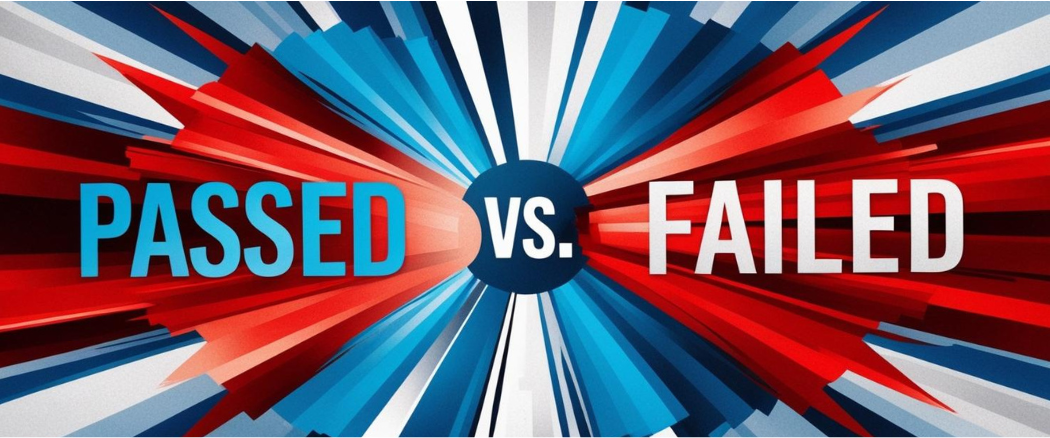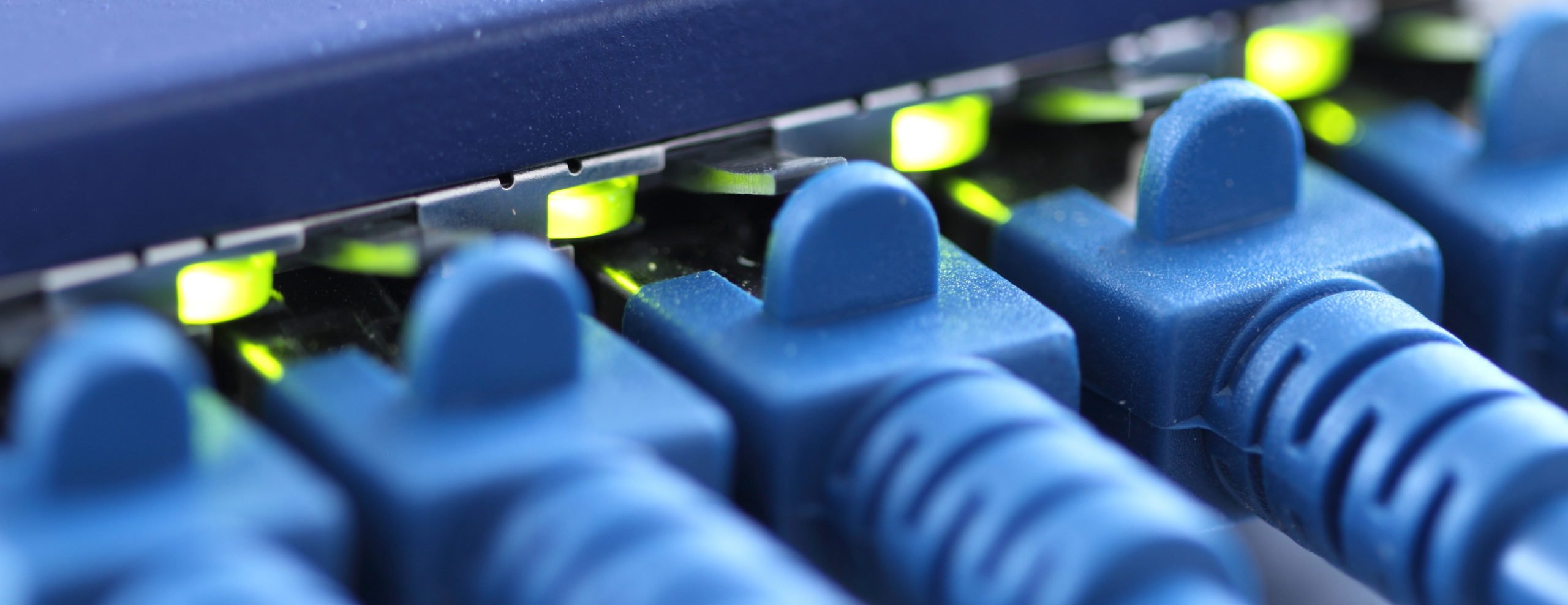Interpreting Test Results when The Cable is neither Good nor Bad
Navigating the Ambiguity of PASS* and FAIL*

With increasing requirements to connect bandwidth intensive smart devices in networks, there is a growing interest in considering cable runs that exceed the maximum length specified in the cabling standards. TIA 568-2 standard specifies the maximum cabling channel run as 100m. However, there are several manufacturers who state that their cables can support as much as twice the length. Other group of industry experts is strongly against this practice of installing channels that do not meet standards requirements.
The motivation for using long cables is obvious. If it is possible to run Gigabit Ethernet over 200m channel without needing any active repeaters, it will save money and significantly reduce the complexity in applications that need devices connected farther away from switches. And there are some cabling vendors in the market that offer solutions suitable for long runs of cables. If you are in a confusion whether to adhere to standards or to go for the commercial benefits from running longer channels, please have a look at the following points.
The performance of cabling system is determined by several DC and RF parameters. Some parameters degrade with length, while some others are not so affected. Below we review the parameters of primary concern with respect to longer lengths.
Insertion loss (IL) represents the reduction in signal strength as the signal reaches from the transmitter to the receiver. The smaller the received signal, the smaller the SNR (signal-to-noise ratio), and the harder it becomes to perform error-free communication. IL primarily depends on frequency, length, and cable construction of the channel. As frequency increases, the insertion loss increases, meaning a smaller part of the transmitted power reaches the receiver. Also, as length increases, IL increases. On the other hand, a thicker wire gauge has lower IL. Standards take a close look at the specified frequency range and specified wire gauges while determining maximum length. That’s how they arrived at 100m for up to 10Gbps transmission on CAT6A cables. As higher bit rates require use of higher frequencies in transmitter, you are less likely to be able to run higher multigigabit rates such as 10Gbps on longer cables due to IL constraints.
The manufacturers who support longer distances use cable construction that reduces IL. They also specify the maximum allowable data rate. Most long cables are for applications needing 1Gbps or lower transmission rates.
Particularly when use of PoE is intended, the DC resistance of longer cable may become a constraint. Resistance increases with length of the cable, and that leads to higher voltage drop and therefore higher loss of power in the cable. Thicker wires reduce the resistance per unit length thereby reducing the loss of power. Ultimately, you need to look at the loss of power in the cable and choose a PoE source that has required margin in power supply.
This is the trickiest and often overlooked parameter. It is tricky because it can cause interoperability issues during the lifetime of an installation. Some network devices have the capacity to handle reflections from longer distances than specified by standard, and some do not have this capability. Let’s try to understand.
Not all signals sent by transmitter will reach receiver. A part of the signal is lost in transit due to IL as we observed before. Another small part of the signal reflects back to the transmitter because of inherent impedance mismatch in the cabling channel. Return loss is a measure of reflected signal. Usually, it is less of a problem because the Ethernet Physical layer chip (PHY) in any networked device employs a sophisticated digital filter that can accurately detect and cancel the reflected signal. However, longer channel length can adversely affect this mechanism.
Let us digress for a while and look at a real-life analogy. Let’s say you are in an immigration queue at an airport, and you have 50 people ahead of you. Suddenly an officer shows up and asks everyone starting with the person right behind you to go to another newly opened counter. Hard luck. Now back to return loss. The digital filter in the PHY chip of the network interface has several filter taps, each for signals coming back with different delays. A signal reflecting from a short distance has smaller delay, and a signal reflecting from longer distance has bigger delay (as it covers more distance back and forth). The filter taps are designed to cater to signal reflecting from as long as 100m. If you have a longer channel, there may not be enough filter taps, and the signal reflecting from farther than 100m may appear as if it reflected from a shorter distance (think about the person behind you bypassing the queue and getting to the front). This impacts the capability of the PHY to effectively cancel out the reflected signal and may result in data errors. Not all PHY are designed just to support 100m. Some have a much larger number of filter taps to easily accommodate 200m and beyond. What this means is, we may be entering murky waters where some PHY chips work and others don’t. Such interoperability issues might hurt later during the lifetime of the installation. While everything may work in the beginning, problems may show up when you need replacing one end-point device with another. If you are slightly lucky it will still not be a problem resulting in data errors, because reflections from farther distance are significantly weaker and may not cause much harm. On the other hand, if you follow the recommendations of the cable supplier on compatible network devices, you should be just fine.
The issues we saw above with PHY chips also apply to cable testers. Many cable certifiers in the market have limitations related to length of channel that can be certified with dual-ended testing (main unit at one end and remote unit at the second end). AEM’s TestPro-CV100 is designed while keeping future requirements in mind, and can test even 1,500m long cables in dual-ended configuration. Although the 4-pair cabling systems we are considering usually are limited to around 200m, this long range makes TestPro suitable even for upcoming Single Pair Ethernet (SPE) technologies. Using test limits specified by the cable manufacturer, TestPro can certify a long channel or permanent link. This helps the installer in getting manufacturer warranty for the cabling.
In summary, if you understand the potential issues with longer-than-standard cabling well, and if you make sure to comply with installation guidelines of the cable supplier, adopting this approach can save you money and time. Keep the following points in mind when considering installation of longer-than-standard specified cabling:

Navigating the Ambiguity of PASS* and FAIL*

In the world of structured cabling, it’s common to hear the terms verification, qualification,...

Network and cabling professionals are likely to come across different Ethernet cabling standards...
Leave a comment